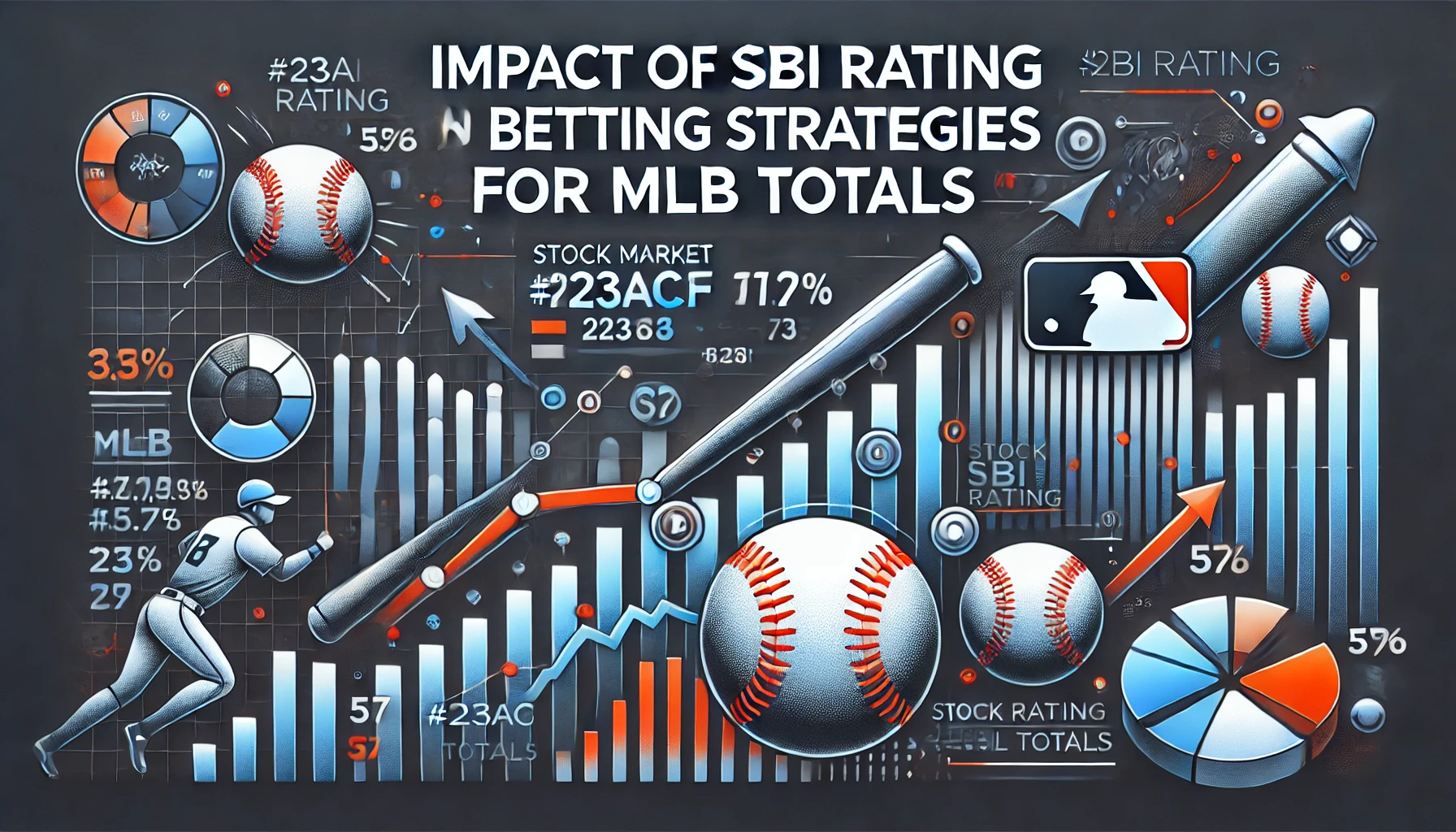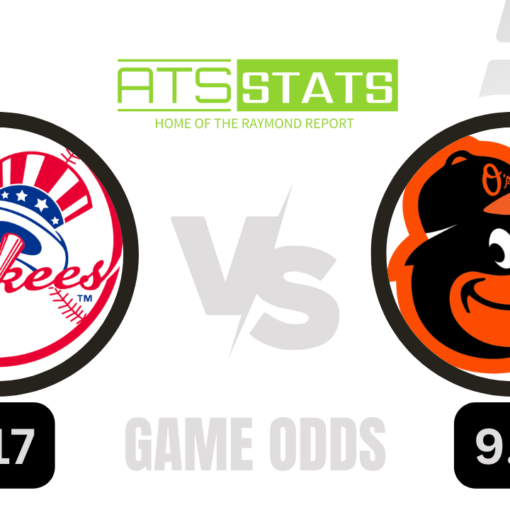The Sports Betting Index (SBI) rating is a crucial tool for bettors looking to make informed decisions on MLB totals. The SBI rating gauges the performance of over/under bets over various time frames, providing insights into market trends and bettor confidence. Here’s how the SBI rating impacts betting strategies for MLB totals:
Understanding SBI Ratings
The SBI rating categorizes market trends into three main sentiments:
– Bullish: Indicates a strong trend or high confidence in a specific outcome.
– Neutral: Suggests a balanced market with no clear trend.
– Bearish: Reflects a weak trend or low confidence in a specific outcome.
Short-Term Trends (1D, 3D, 7D)
#Bullish Trends
– 1-Day (1D): Over 60%, Under 40% (Bullish)
– 3-Day (3D): Over 64.3%, Under 35.7% (Bullish)
– 7-Day (7D): Over 67.4%, Under 32.6% (Bullish)
*Impact on Strategy:*
– High Confidence in Overs: A bullish trend in the short-term indicates a strong market confidence in games going over the total runs line. Bettors might consider focusing on overs when the SBI rating shows a bullish trend, especially if other factors (e.g., weather, pitching matchups) also support this outcome.
Medium to Long-Term Trends (1M, 2M, 3M, YTD)
#Neutral Trends
– 1-Month (1M): Over 56.3%, Under 43.7% (Neutral)
– 2-Month (2M): Over 52.4%, Under 47.6% (Neutral)
– 3-Month (3M): Over 51.8%, Under 48.2% (Neutral)
– Year-to-Date (YTD): Over 50.6%, Under 49.4% (Neutral)
*Impact on Strategy:*
– Balanced Market: Neutral trends suggest no strong market bias towards either overs or unders. Bettors should consider additional factors such as team performance, pitching matchups, and weather conditions to make more nuanced decisions. This balanced market can also present opportunities for finding value bets where public perception might not align with actual performance data.
Key Factors to Consider Alongside SBI Ratings
1. Pitching Matchups:
– Analyze starting pitchers’ current form, historical performance, and righty/lefty splits. Strong pitching can favor unders, while weaker matchups can lean towards overs.
2. Weather Conditions:
– Wind speed and direction significantly impact run totals. For example, wind blowing out at Wrigley Field can lead to more home runs and higher scores.
3. Injury Reports:
– Key player injuries, especially to top hitters, can influence the likelihood of games going under the total.
4. Umpire Tendencies:
– Umpires with a tight strike zone can lead to more walks and higher scores, favoring overs. Conversely, umpires with a wide strike zone can suppress scoring.
5. Home/Away Splits:
– Some teams and pitchers perform differently at home versus on the road, impacting scoring potential.
Conclusion
The SBI rating provides a valuable snapshot of market confidence in MLB totals. By understanding whether the market is bullish, neutral, or bearish on over/under bets, bettors can tailor their strategies accordingly. Short-term bullish trends on overs suggest a higher likelihood of games exceeding the total runs line, while neutral long-term trends call for a more detailed analysis of additional factors. Integrating SBI ratings with comprehensive game analysis can enhance betting strategies and improve the chances of making successful wagers.





